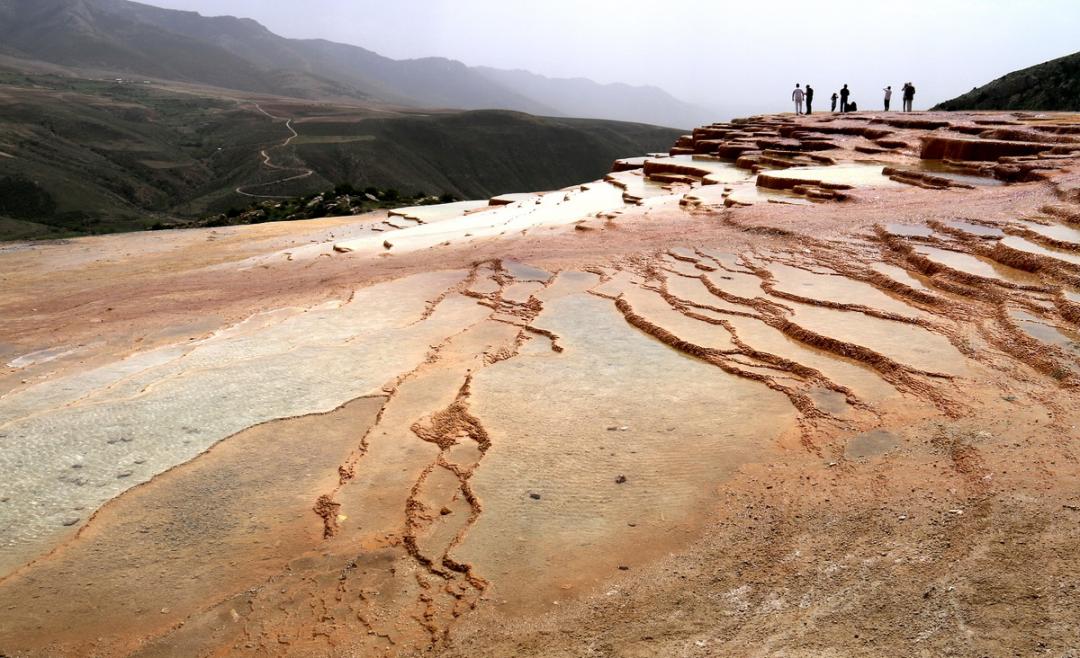At least a 100 people are needed to preserve and safeguard historical monuments and sites, said Secretary of Iran Cultural Heritage Association Rahmatollah Raouf.
“Given the sector’s insufficient funds and a shocking lack of human resources, it is imperative to encourage the public to help protect historical and cultural heritages,” Mehr News Agency quoted Raouf as saying.
Neglected natural and historical attractions in Iran have fallen into disrepair, mostly thanks to careless tourists and passersby.
Last month, cultural heritage officials of Mazandaran Province closed Badab-e Soort Natural Springs due to significant damage inflicted on the area. Authorities said the stepped terraces of the site had become flattened and what little water still flowing from the springs is polluted.
The historical Sio-se-Pol bridge in Isfahan has been defaced by vandals, who have spray-painted their names and etched their initials on the 17th-century structure.
Experts blame the clueless tourists and careless officials who have left Iran’s historical sites to their own devices.
Protecting and preserving heritages are not acculturated in Iran, making incidents like these far too common, but Raouf believes the media can play a key role in remedying the problem.
“Media outlets can help raise awareness toward tangible and intangible heritage. Once people understand the value of these structures [to our history and tourism], they’ll start helping out,” he said.
Associations’ Revival on Track
Raouf, who is an advisor to Masoud Soltanifar, the head of Iran’s Cultural Heritage, Handicrafts and Tourism Organization, said cultural heritage associations in every province will resume activity in three months.
“The country’s cultural heritage associations were active until 2005, but they ceased operations due to various reasons,” Raouf said.
“So far, 20 associations have resumed activity in Ardabil, Gilan, Golestan and Semnan, among others, and the organization plans to revive the rest by January.”
The associations are headed by the governor general of each province, with the head of the provincial cultural heritage department second-in-command. Each association’s advisory board includes senior officials of provincial departments of environment, roads, education and culture.


